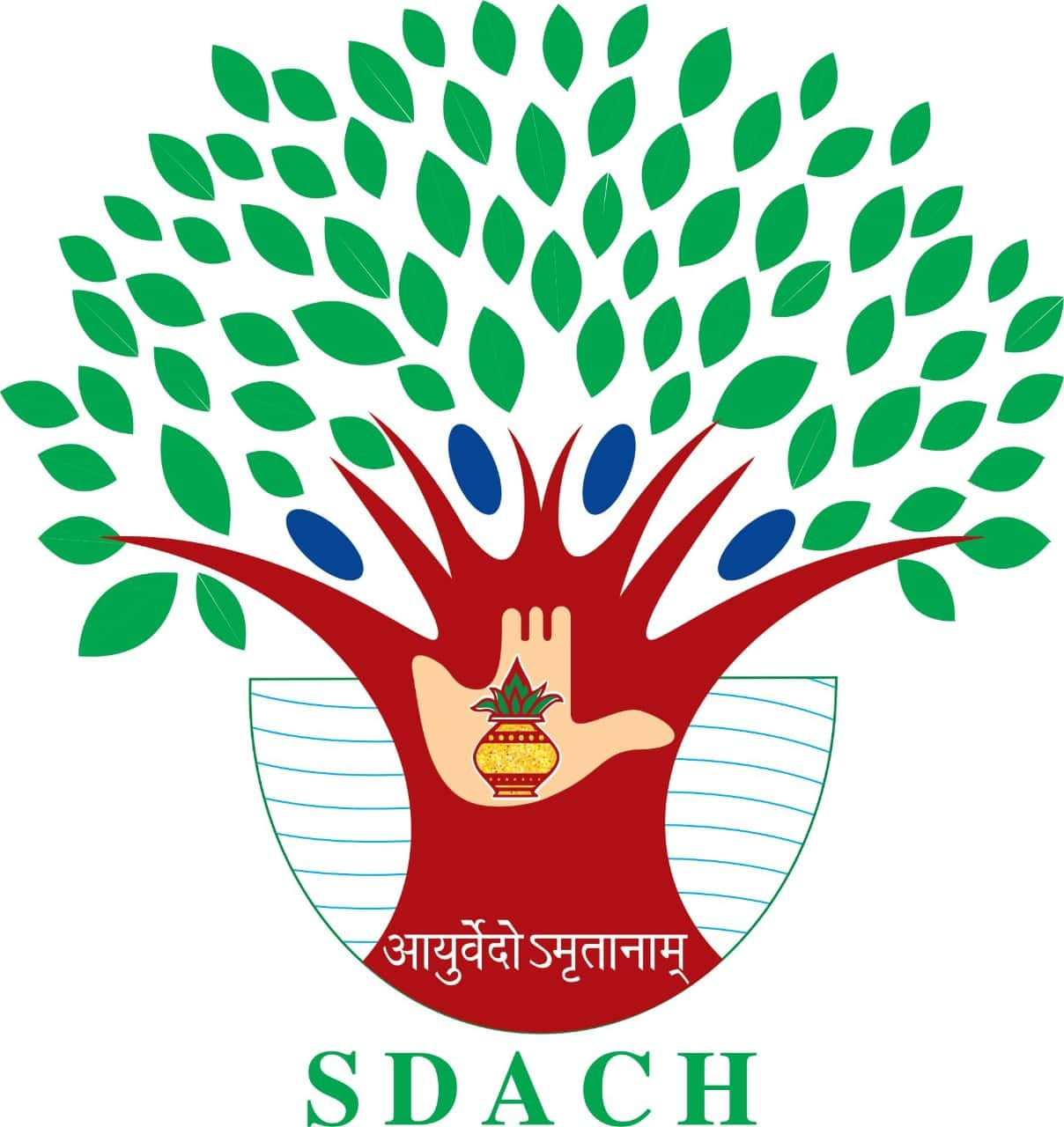Botanical Name : Tabernaemontana divaricata
Family : Apocynaceae
Names in other languages :
Kannada : Nandi battalu
Hind : Chandni
Tamil : Nandiar vattai
Gujarathi : Sagar
Sanskrit : Nandyaavarta
English : Crape jasmine
Properties :
Rasa
Tikta (Bitter), Kashaya (Astringent)
Guna
Laghu (Light), Ruksha (Dry), Tikshna (Sharp)
Veerya
Ushna (Hot)
Vipaka
Katu (Pungent)
Karma :
Kapha, Vata
Morphology :
Leaf
The leaves are oval, 8 to 15 cm (3 to 6 in) long, dark glossy green, prominently veined and have a leathery texture
Flower
Unisexual 4 cm Yellow 5 The flowers are trumpet-shaped, about 4 cm (1.6 in ) across, with five waxy white petals in a pin-wheel arrangement.
Fruit
General 7 cm The fruit are rare but when produced are curved, ribbed
Distribution :
Mountain areas, Sparse forest areas.
Chemical Composition :
Voafinidine (C20H28N2O2) and voalenine in minor amounts and a new 2-acylindole alkaloid, ervaticine. Coronaridine, voacristine, tabernaemontanine, dregamine; α-amyrin, lupeol, β-sitosterol, voacangine and voaphylline have also been isolated from leaves
Parts Used :
Dried folaige, Whole herb.
Uses :
Wounds, Cuts, Snakebites, Liver disorders, Skin eruptions, Blotches, Pimples, Diarrhea, Sore throats





